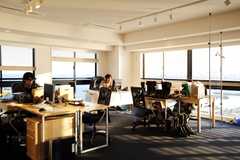Tokyo offices, Groovisions, Hiroshi , Yoshitaka , Seiyu Jisho, Rebita / Tokyo
Bay of plenty
Two new workplaces on the city’s waterfront, with cafés, gyms and roofdecks for lounging, show that new work styles are possible even in hardworking Japan.
Not many buildings are inspired by naughty Japanese schoolboys but that was what producer Sadahiro Nakamura had in mind when he came up with the concept for the Soho office project on the Tokyo waterfront. “I was thinking of delinquent schoolboys,” he says. “The ones whose uniforms look ordinary from the outside but are lined inside with flashy embroidery.” When you see the building in question, you see what he means. It’s black on the outside – local building regulations limited the colour options to black or silver – and spectacularly multi-coloured within.
The Soho project very nearly didn’t happen. Five years ago when the developers first got their hands on the plot of land in Aomi, a newly developed area built on landfill in Tokyo Bay, they wanted to build apartments. When building restrictions made that plan too much of a headache, it was Nakamura who saw the perfect opportunity to create a new type of office environment with well-designed, reasonably priced units. He envisaged it as a creative community where tenants could share ideas, contacts and facilities, and he was convinced that there would be plenty of small companies looking for an alternative to the usual overpriced shoeboxes in central Tokyo. “Most offices in Tokyo stand on their own – there’s no communication with other offices,” he says. “We wanted the Soho to be precisely the opposite.”
His key collaboration was with Masamichi Katayama, who has been involved in many of the most imaginative projects in Tokyo over the last decade. With Katayama in charge of architectural and interior direction, the project quickly turned into an all-star line-up, which included the graphic designers Groovisions (uniquely among Tokyo offices, the Soho has its own font), the musician and producer Hiroshi Fujiwara for the piped music, and busy bookshop curator Yoshitaka Haba to build a library of books for the reception area.
The Soho was nearly derailed by the global financial crisis but Nakamura and Katayama put together the brochure regardless and sent it out, crossing their fingers. They had 1,500 requests for the brochure and the project’s developer, Seiyu Jisho, held its nerve. The resulting building is the last thing you would expect from the country better known for its corporate monoliths.

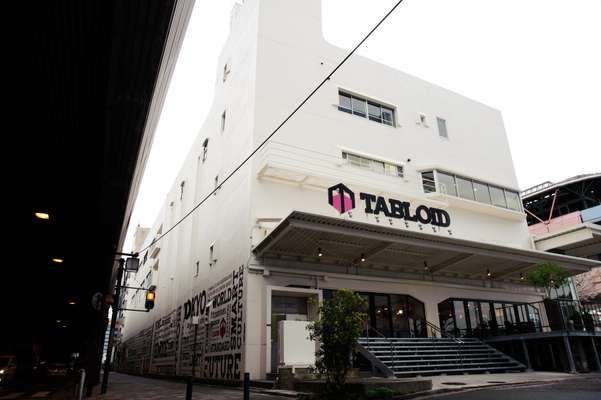
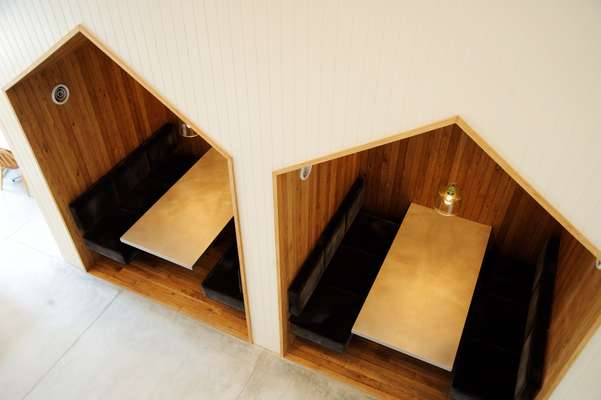
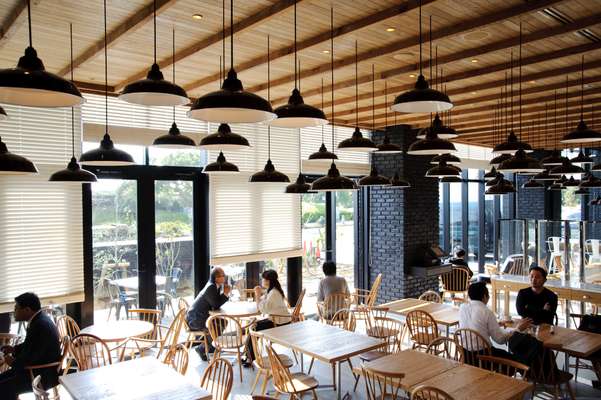
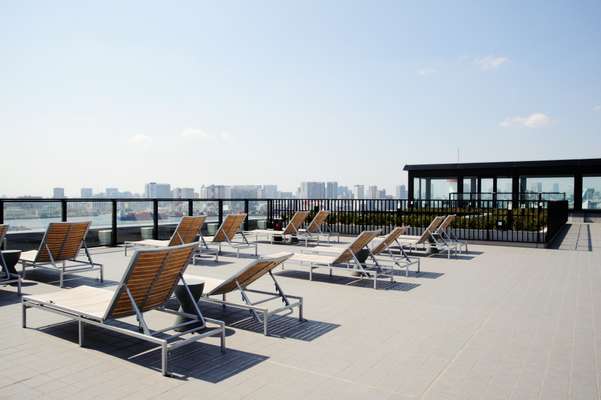
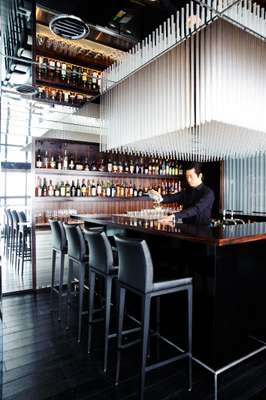
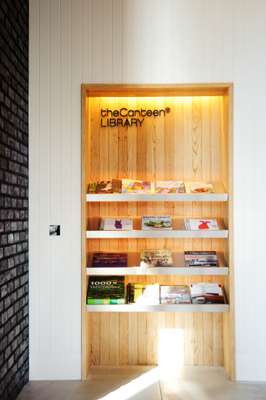
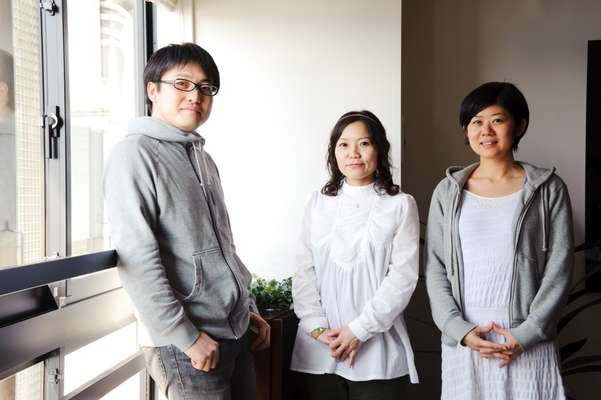
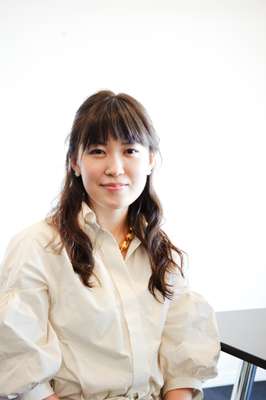
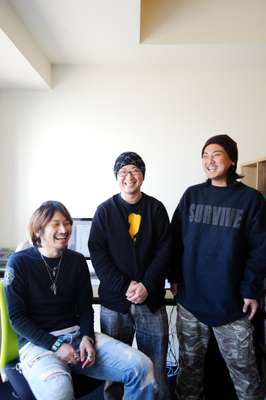
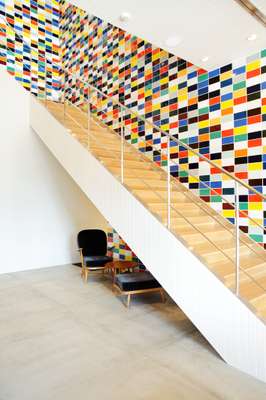
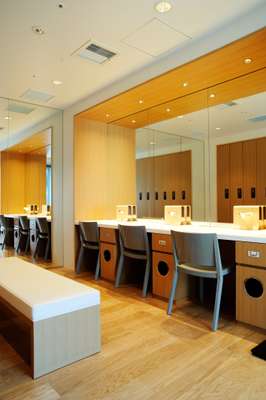
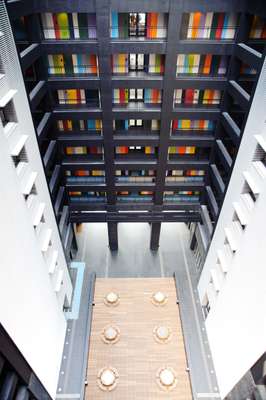
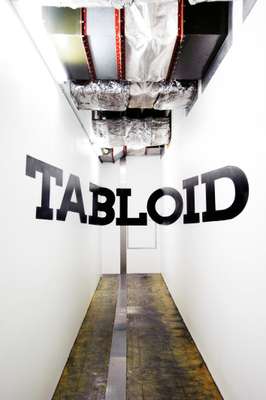
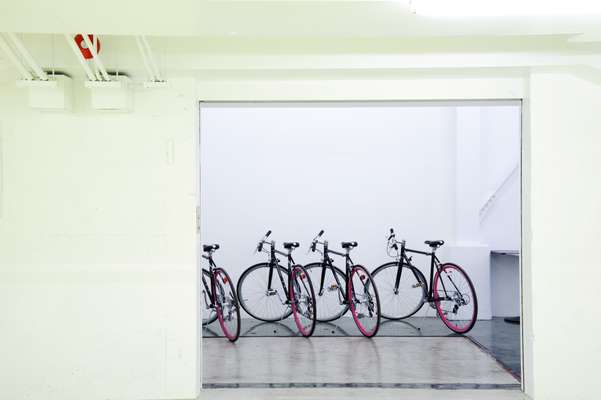
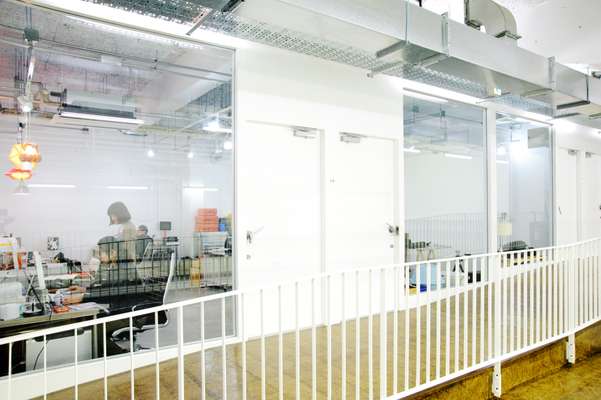

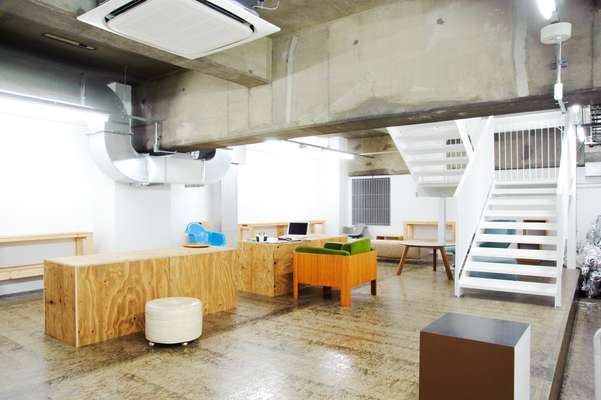
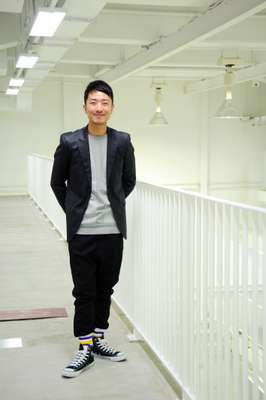
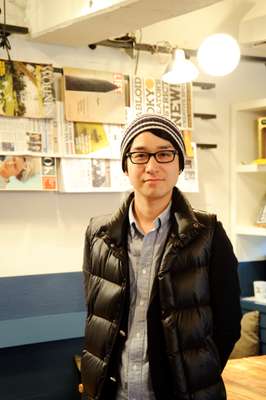
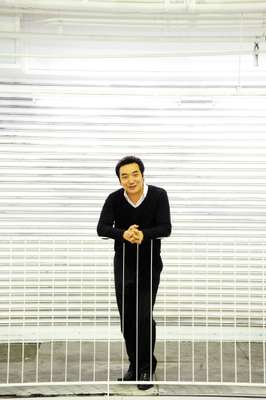
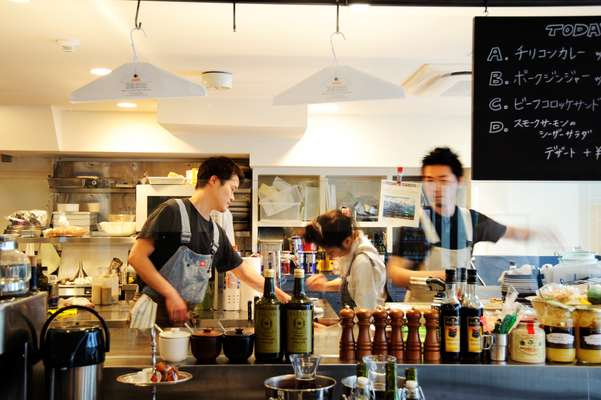
You know things are different here as soon as you walk through the door to be greeted by concierge staff in custom-designed uniforms, a pool table and giant photographs by the artist Mika Ninagawa. The offices are built around a courtyard, the best of them looking over sunny terraces to the sea beyond. This is the kind of place where you’d be happy to put in long hours, interspersing work with trips to the gym, the outdoor hot baths, the rooftop deck, complete with sun loungers, and the bar, which is staffed from morning until night. Sun-bathed conference rooms can be hired out for a minimal fee. The open views around the city, ranging from the half-constructed Sky Tree Tower at one end all the way round to Haneda Airport at the other and the ocean beyond, are a revelation to anyone accustomed to Tokyo’s densely built-up skyline.
One of the best features is the Soho’s cosy restaurant, The Canteen. There can’t be an Ercol chair left in Japan – they’re all here. It’s run by a popular restaurant in Naka Meguro and the daily menu of Japanese home cooking is already drawing people from nearby offices. The restaurant also offers tenants a coffee and tea delivery service.
When Monocle visits, the building has only just opened and there’s a beginning-of-term feel. Everyone’s excited to be there – making new friends, exploring the new area and trying out the building’s facilities.
It was always Nakamura’s idea that the building would appeal to people whose work and social lives blurred, and he seems to have hit the mark. Down the bay from the Soho at Hinode, the Sankei newspaper group has also adopted a new approach for an obsolete print factory formerly used to produce one of Tokyo’s evening tabloids. Casting around for redevelopment ideas, Sankei’s initial option for the site was the fallback Tokyo solution: demolition and a new apartment block. The location, however – a wedge of land on the Sumida River sandwiched between an expressway and an elevated monorail station – didn’t lend itself to luxury apartments. As a workplace, though, there were several things in its favour: the transport links on its doorstep, the building’s big industrial spaces and the bonus of great rooftop views across to the Rainbow Bridge.
With this potential in mind, Rebita – a Tokyo firm that specialises in renovating buildings – pitched its unconventional plan for the 40-year-old building. “We felt this place was too special to knock down,” says Rebita’s Yasuhiro Harada, who came up with the concept. “So, we told Sankei not to demolish it.” Rebita’s idea, highly unusual in Tokyo, was to refashion the existing building into studio-style work spaces with shared public areas – a café, bookstand, showers and laundry rooms. Instead of finished interiors, they would offer tenants raw spaces that they could decorate however they wanted.
Against all expectations, Sankei went with Rebita. Harada worked with a like-minded team that included the architects Open A and Nakamura’s company, Transit, who worked on the branding of the development. As at the Soho, the intention was to create more of a community than an anonymous series of office rentals. Visitors to Tabloid – as the building is now known – walk straight into the Overall Café, already a popular place for lunch and informal business meetings.
There are 15 studios for rent including two vast rooms, four storeys high. One is an event space – ideal for parties and fashion shows – which was scouted and booked by the likes of Mac and Burberry before the building had even opened. Harada is eyeing the other one for a climbing wall. A plant shop will open soon, next to the bike rack where five gleaming Osso bicycles are available for residents to use. Up top, the roof is decked and ready for summer parties.
Tabloid tenants include G-Star, which has moved its press room and office from central Aoyama to Hinode. “The rents are half what they would be in Aoyama,” says Harada. “So it makes good business sense to move here. But we’d like people to come here for other reasons too.”
Harada and his team are hoping that Tabloid will be a magnet for other creative developments and will help put Hinode on the map. The Soho’s developers are looking for their building to have a similar impact. Nakamura predicts that the two buildings will mark the beginning of a transformation of Tokyo’s under-appreciated waterfront.
“With the Soho and Tabloid buildings as catalysts the media have already picked up on the fact that creators work in the bay area,” he says. “I think it will become a boom.”
aomi-project.com; tabloid-tcd.com
Soho people
Ryutaro Matsuda, Keiko Akatsuka and Orika Uchiumi
Graphic designers and printers, Oiseau
“We’ve become the unofficial business centre for the building. We’re already designing business cards for some of the other tenants, so we’re seeing the benefits of moving here.”
Miho Yoshioka
CEO, Clarity Entertainment
“We only moved in three days ago – I’ve already had a dip in the bath and a beer on our deck. We all used to work in Roppongi. I came here because I wanted to start my new company in a creative environment.”
Wataru Ando, Keitaro Inoue and Takahiro Ogura
Magazine editors, B Room
“We often work until late and even stay overnight. There’s a spa here and we can eat at The Canteen so it suits our work cycle. The bar is an unusual feature. Our customers love it – we can talk over a beer.”
Tabloid tenants
Mitsukimi Nozawa
Communications manager, G-Star
“Our stores have a similar design to Tabloid – we also use raw materials such as wood and concrete. We moved here from smaller premises in Aoyama – this place is perfect for us now as the company expands.”
Yusuke Kawamata
General manager, Think Green Produce
“We manage the property, run the café and look after the tenants. The soft side of our job is organising events and getting the word out. Old buildings are difficult – you can’t tell what you need until you start construction. This one had to be completely rewired.”
Yasuhiro Harada
Producer, Rebita
“This is a place for people who want office space but also want to be part of a community. We’ve called it TCD – Tokyo Creators’ District. The team of people we worked with all got the idea, which was important.”

